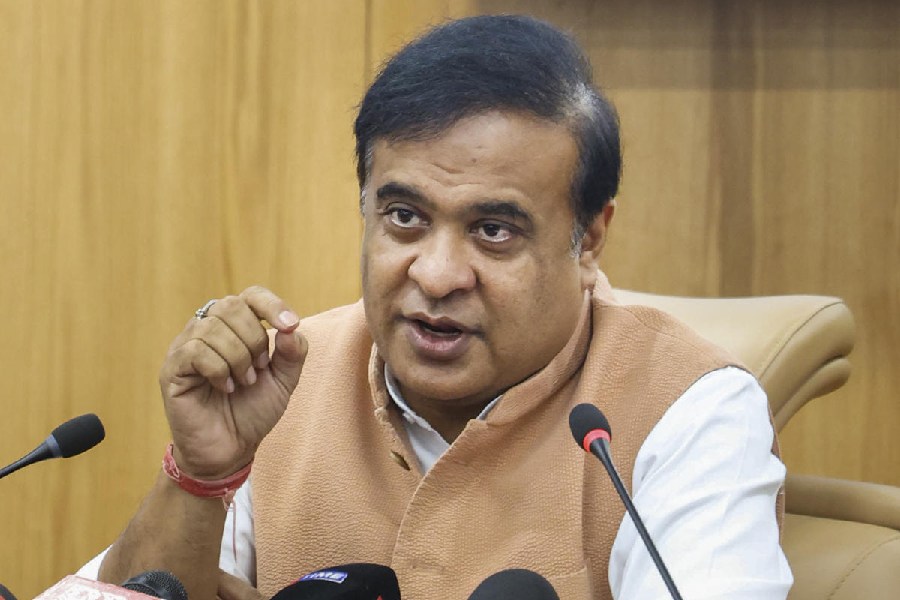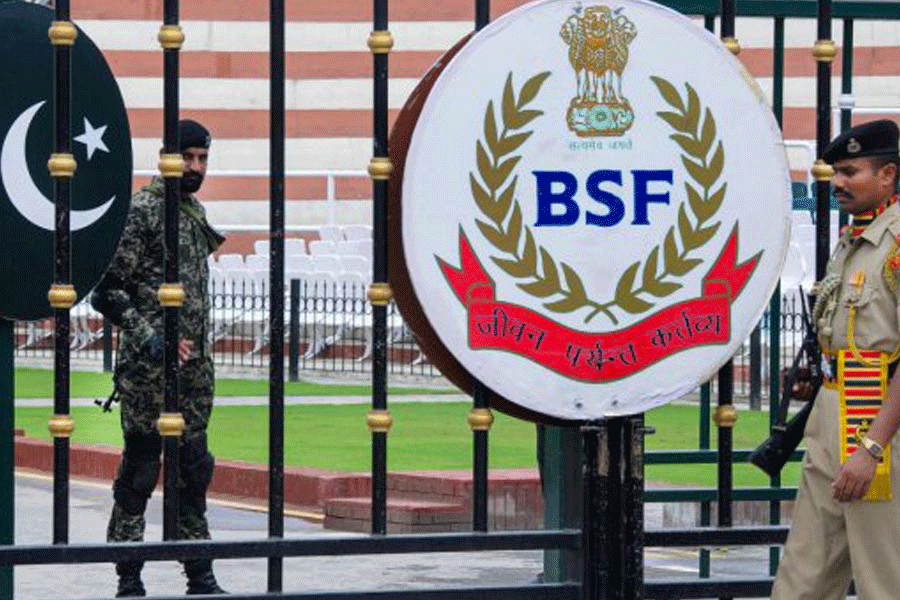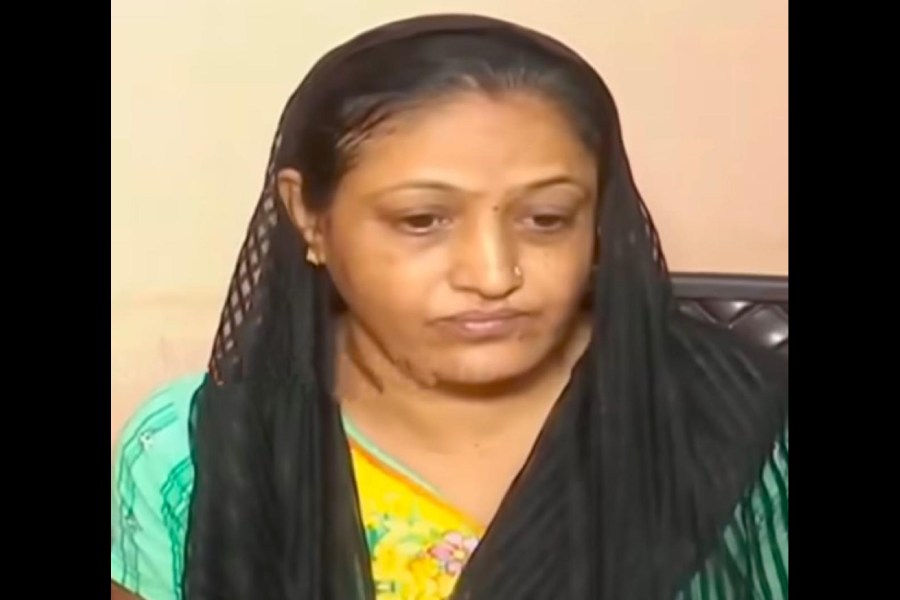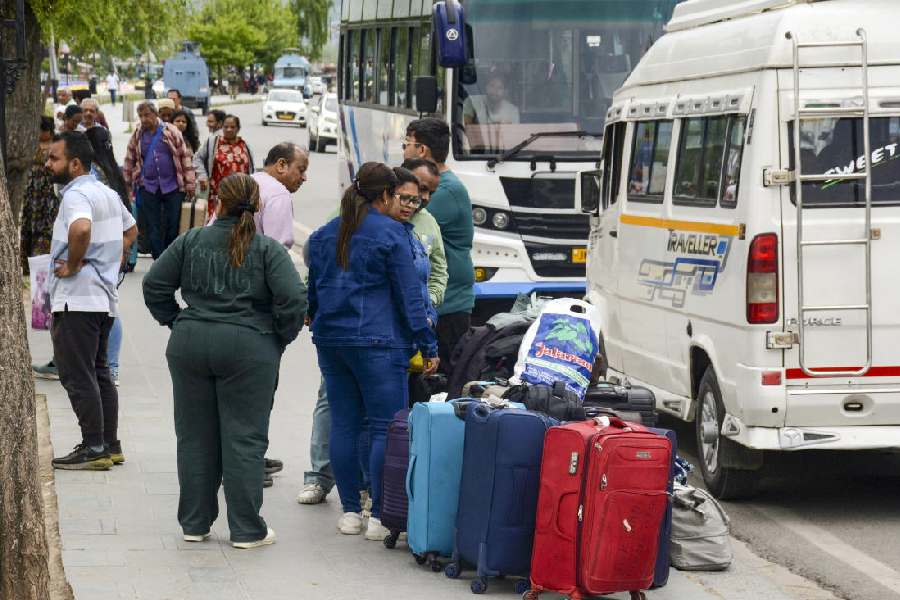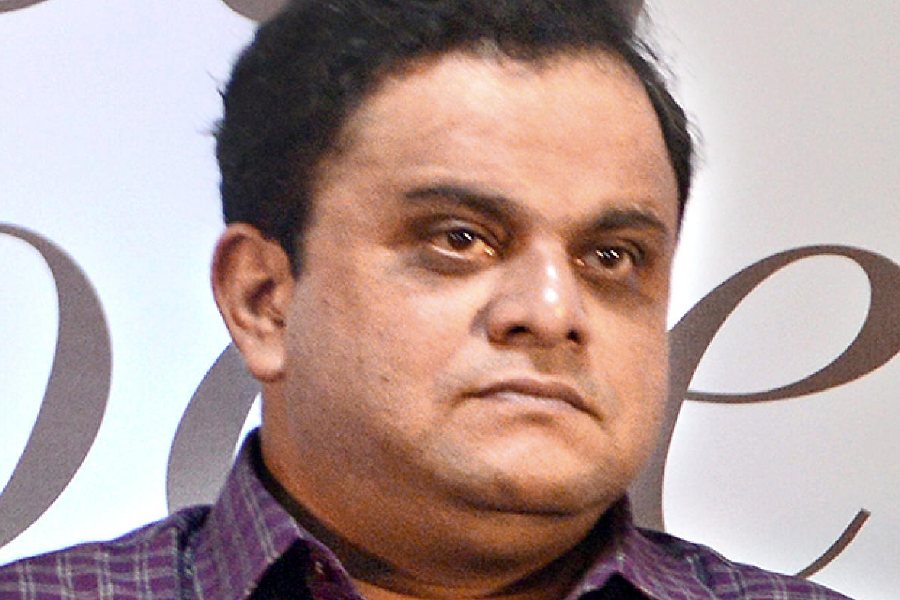A plan with the specifics apparently in place is bound to bring hope to a near-hopeless situation. And the backlog of cases in India’s courts is near-hopeless: even the prime minister has said that the country has the highest number of unresolved cases in the whole world. The Supreme Court has, reportedly, 52,000 pending cases, the high courts have 40 lakh and trial courts have 2.7 crore cases waiting. The Union law minister, Veerappa Moily, has plans to set up 5,000 more courts working three shifts a day in the next three years in order to cut down the backlog of the lower courts. This would also reduce the period of each litigation from the average of 15 years to one year. Beginning with gram nyayalayas that would make justice more accessible to the rural population, Mr Moily has plans of giving judges a time limit to deliver their verdict, of smarter handling of cases whereby similar cases can be clubbed together for faster disposal, of giving judges laptop computers and bringing information technology in general to the service of justice to increase speed and efficiency. All of it sounds possible, and so heartening that it seems astounding that nobody ever thought of it before.
Mr Moily could not have forgotten that courts need judges. As of August 2009, there were 3000 vacancies for judges. The minister appears to have planned to requisition retired judges to run the new courts, but that sounds more like a desperate measure than a solution. Whether willing and able retired judges would be able to fill the 3000 seats is a question that need not even be discussed. That so many judges need to be recruited suggests that the problems in India’s justice system run too deep to be solved by the magic mushrooming of triple-shift courts across India. Fast-track courts, for example, did not do too badly once they got off the ground, but they have not lessened the case pile. The internal check-and-balance system that the judiciary prefers to go by is obviously failing to produce results. It is impossible not to see inefficiency, corruption, a lack of professionalism and resistance to accountability as the source of the problems that are rapidly getting out of hand. The case pile is not a new problem. It goes on building up, although successive chief justices and prime ministers keep saying that something must be done. If even a fraction of Mr Moily’s plan succeeds, it will be of enormous relief to many.


